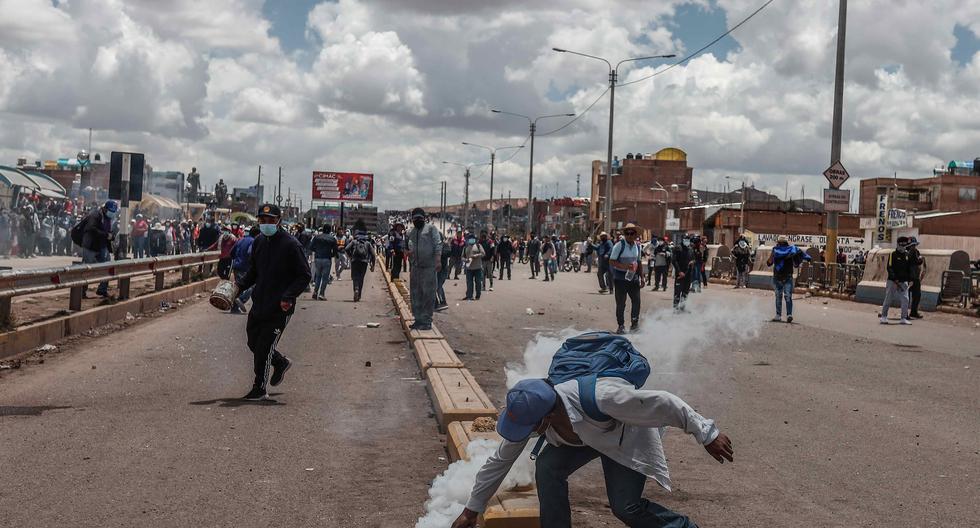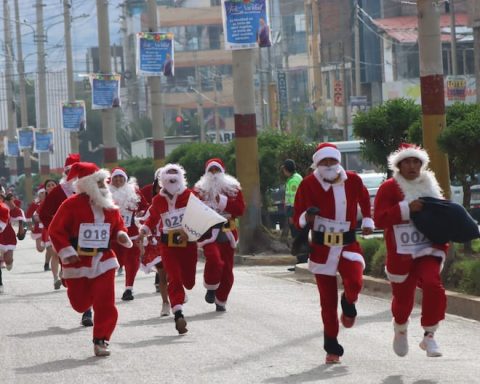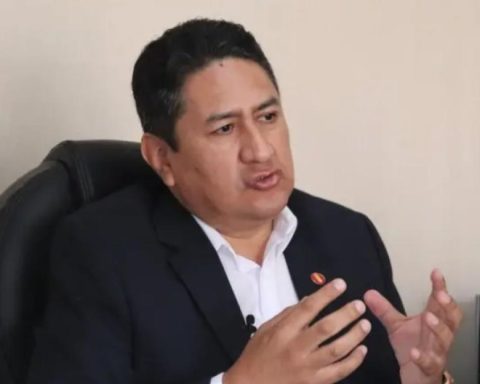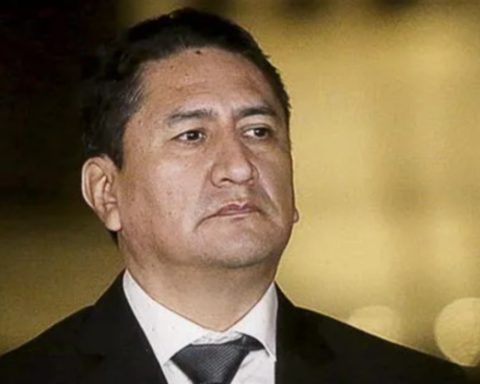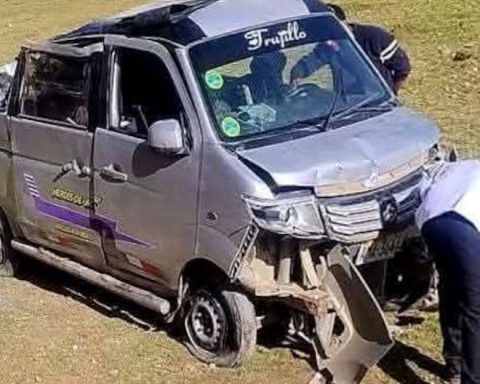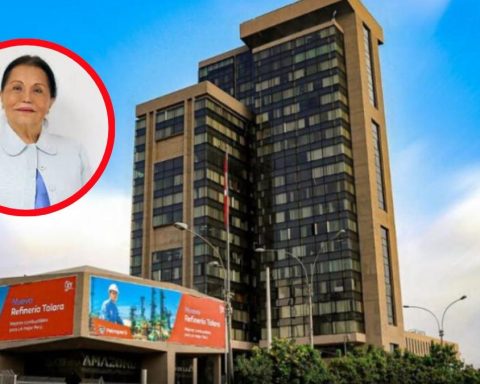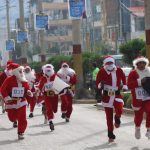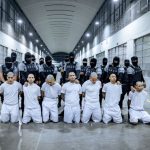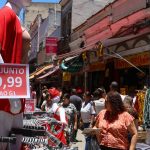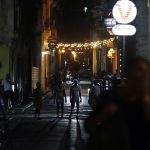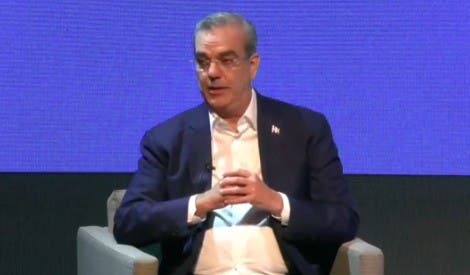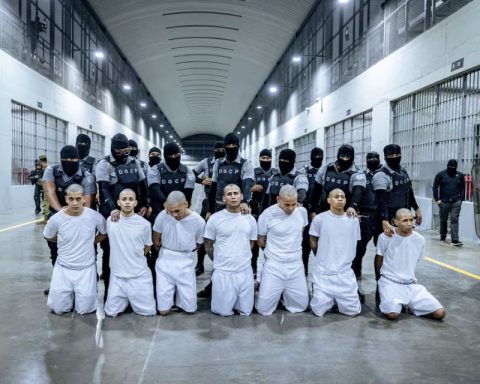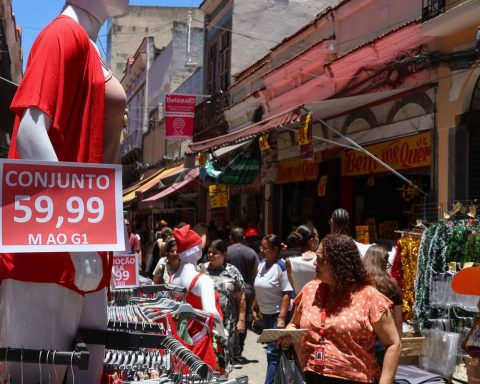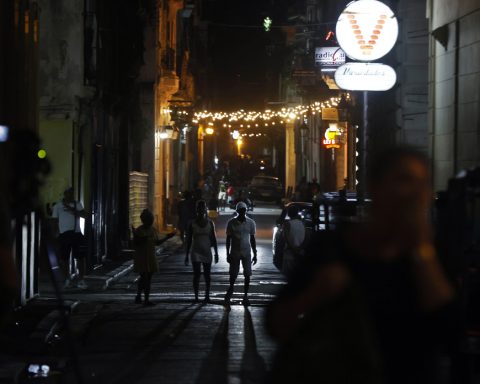The government tries to establish a dialogue with the actors that move the mobilizations. But so far no success. Why? Everything indicates that there is a deficient capacity to identify the faces behind the protests. Otherwise, the National Intelligence Directorate would have already, several weeks ago, presented to the president Dina Boluarte and to the premier Alberto Otárola the names of the characters who must be called to sit at a dialogue table.
In this first report, Peru21 presents the leaders who promote the protests in three regions of the country.
The first analyzed are Puno, Ayacucho and Apurímac. The three have shown since December that they are neuralgic departments where violence overshadowed the just demands of the population and where citizens died for confronting the forces of order.
In the capital of Puno, Juliaca, Police non-commissioned officer José Soncco was murdered by unknown persons while on patrol at night. In Ayacucho, the Prosecutor’s Office deployed an operation to capture Rocío Leandro, a former member of the terrorist group Sendero Luminoso. In Apurímac, the violence reached the Andahuaylas airport. This was burned and its facilities were rendered inoperative.
The Executive seeks interlocutors. This newspaper presents them and it depends on the government to find a way to convene them to reach agreements in favor of all Peruvians who demand peace.
The faces in Puno, the most conflictive region
César Tito Rojas is a member of Movadef in Puno, as was recorded in the stencils presented to the JNE in 2011, when the front body for the terrorist organization Sendero Luminoso wanted to be a political party.
Such is his influence that even at that time he was part of the electoral committee with which the national executive committee of Movadef was elected, Manuel Fajardo, a deceased senderista and ex-lawyer of Abimael Guzmán, being elected as general secretary.
Tito Rojas is a character quite close to former coup leader Pedro Castillo; both participated in the 2017 strike orchestrated by Conare, another front group in which Tito Rojas was in charge of the southern organization secretariat.
In September 2021, in the midst of Pedro Castillo’s management, Tito Rojas did not hesitate to go to the PCM for a meeting.
He presents himself as organization secretary of Sutep-Puno, although this union has denied that it is part of the national organization. In reality, he is linked to another, more radical faction that is part of Fenatep.
“Starting on January 4, the fight must be resumed,” he explained in a newspaper on December 27, after a meeting held in Puno with a hundred leaders from the different provinces.
Tito Rojas is linked to the SUTE Regional Puno, a group that in statements, taking advantage of the crisis and the pain for the loss of life, calls for violence.
“When the blood of our people has begun to be spilled, our indignation must be inflamed, our hatred must be ignited,” read one of them issued in December, in which they also call the current administration “usurper and felon government.” The three demands of this radical group are new general elections, a Constituent Assembly and freedom for Pedro Castillo.
Tito Rojas has been seen in the demonstrations that keep the region in anguish, always linked to the teaching sector.
In front. Tito Rojas participates in the mobilizations.
Another character in Puno is Efraín Condori Ramos, a character also linked to Conare-Movadef and who was arrested in 2013 after being denounced for apology of terrorism and riots, following an attack on the Minedu headquarters.
In addition, on his Facebook account, Efraín Condori shared images to pay tribute to the terrorist leader Abimael Guzmán. “Eternal honor and glory to Chairman Gonzalo!” reads one of the publications. He has also made an apology in France, when he accused the government of Ollanta Humala of “persecuting” “Marxists, Maoists, Leninists, Gonzalo Thought.”
:quality(75)/cloudfront-us-east-1.images.arcpublishing.com/elcomercio/Z3P5ERYPSZBX3AJXSREA3A6RWY.jpeg)
Last December, Condori participated in a forum in which he denied recognizing the government of Dina Boluarte and the Congress, at the same time that he influenced the story of the Constituent Assembly. “Dina Boluarte, no one has elected you, and the people justly repudiate you for your actions and condemn you,” he said.
Condori has also been participating in the mobilizations in Puno and he himself makes it public on his social networks.
Protests in other regions are coordinated from Ayacucho
The Ayacucho People’s Defense Front (Fredepa) rearmed quickly after the police arrested its president Rocío Leandro, known as comrade ‘Cusi’, and five other leaders accused by the Prosecutor’s Office of being part of the New Red Fraction of Shining Path.
Fredepa is one of the movements that has promoted demonstrations in the provinces seeking the reinstatement of Pedro Castillo as President of the Republic, despite the fact that he carried out a coup on December 7, 2022.
On January 9, from Facebook, this organization made up of left-wing radicals reported that it had coordinated the protests in 15 regions of the country with its peers and other unions. In addition to the return of Castillo, they want a Constituent Assembly.
Precisely, the Anti-Terrorism Prosecutor’s Office warned that Jhazmín Alanya Chumbes, one of the detainees along with Leandro, was the one who communicated with leaders from other regions to promote mobilizations towards Lima.
Just two days after the capture of ‘Cusi’, on Saturday the 14th, Fredepa elected an emergency committee to lead them to keep the protests active.
At the head was Magno Ortega, a politician from Ayacucho who was affiliated with the Broad Front until September 2021, the year in which he ran as second vice president on Marco Arana’s board.
:quality(75)/cloudfront-us-east-1.images.arcpublishing.com/elcomercio/ILCN7WT5NND7VLGAG7XUJHCO7M.jpeg)
Screen. Ortega tried to be a congressman.
On January 13, he went out to protest in the streets of Ayacucho for the arrest of Leandro, but the one who drew attention was Iber Maraví, Castillo’s former Minister of Labor and who has proven links to Senderista terrorism in the 1980s.
That time, Maraví spoke to the cameras as the leader of the protesters. “This is a murderous, usurping government, headed by Mrs. Dina Boluarte (…) Castillo’s arrest and his vacancy have been illegal,” he exclaimed.
Another of those who accompanied Maraví and Ortega was Claudio Tapia Bustinza, former president of Fredepa. He was a militant of the Ayacucho ethnocacerismo in 2012, according to journalistic notes of the time.
:quality(75)/cloudfront-us-east-1.images.arcpublishing.com/elcomercio/SY7IRMEDPJAJZCIWW7C7EH3VDM.jpeg)
The one who commands Maravi is close to Castillo.
In other words, Tapia has as a reference the radical Antauro Humala, who was released from prison during the Castillo government after he promised in the 2021 campaign that he would release him.
If President Dina Boluarte seeks dialogue to calm the protesters, Ayacucho is a key region and these characters have a determining role.
Those who rock the cradle in Apurímac
Pedro Castillo put Apurimac in his pocket not for having Dina Boluarte from Apurimac as vice president, but for empowering teachers in that area of the country.
When Fenatep was formed to later achieve union status with the help of Castillo, the signatures of 250 teachers from Apurímac appeared on the list.
One of those teachers was Eliseo Huamaní, the most spoiled of the former president. And it is that, in December 2021, he became a regional prefect.
Not only that. Huamaní signed the register of Movadef, the political arm of Sendero Luminoso, to become a political party in 2011.
:quality(75)/cloudfront-us-east-1.images.arcpublishing.com/elcomercio/CFPUJG4Z5VGA7D3RJZCPR57AUE.jpeg)
Eliseo Huamani.
Now, with Castillo out of power, Huamaní calls marches and describes the government of Dina Boluarte as a “dictatorship”. These communications can also be seen on their social networks.
In Apurímac there is also the teacher Margarita Carhuas, who was appointed by the Castillo government as sub-prefect of Andahuaylas.
On the other side appears Eugenio Allcca Díaz, an agrarian leader who in 2007 led a massive strike in his region.
Allcca arrived in Lima to lead the protests of the “Chankas”, as his colleagues call themselves in reference to the native culture of that area of Peru, and joined the chorus that from Plaza Dos de Mayo called for the reinstatement of Castillo in the can.
Along the same lines is his colleague Delfín Pérez Oscco, who arrived in the country’s capital to demand a new Constitution.
:quality(75)/cloudfront-us-east-1.images.arcpublishing.com/elcomercio/XPO3N6SXT5BMRAXKUBHOPBEQPA.jpeg)
Eugenio Allca.
:quality(75)/cloudfront-us-east-1.images.arcpublishing.com/elcomercio/KYTVN6YGKBGMVL3LJHYQL4OGKA.jpeg)
Margarita Carhuas.
:quality(75)/cloudfront-us-east-1.images.arcpublishing.com/elcomercio/WHAGTQQ4E5BTTKLX2X4V7MYDI4.jpeg)
Dolphin Perez.
“The solution is quick, Congress must form a new Board of Directors; we must have a transitional president whose only job will be to call elections, and for that, president Dina Boluarte must resign; We are not going to accept Mr. José Williams (head of Congress) (as president) ”, he declared in a video posted on Facebook at the beginning of January.
All these people have the support of the regional governor of Apurímac, Percy Godoy, who publicly called for the resignation of the president. “The clamor and the platform of struggle of the mobilized people must be heard for the tranquility and social peace of the Peruvian people,” Godoy said in a January 12 statement.
In addition, he demanded that Parliament reorganize the Board of Directors in order to remove Williams from the Presidency and not be the one who assumes as head of state before a possible departure of Boluarte.
The regional authority has already been reluctant to participate in the National Agreement. The president already knows who to approach in this region.
RECOMMENDED VIDEOS:
:quality(75)/cdn.jwplayer.com/v2/media/6JwRallO/poster.jpg)
